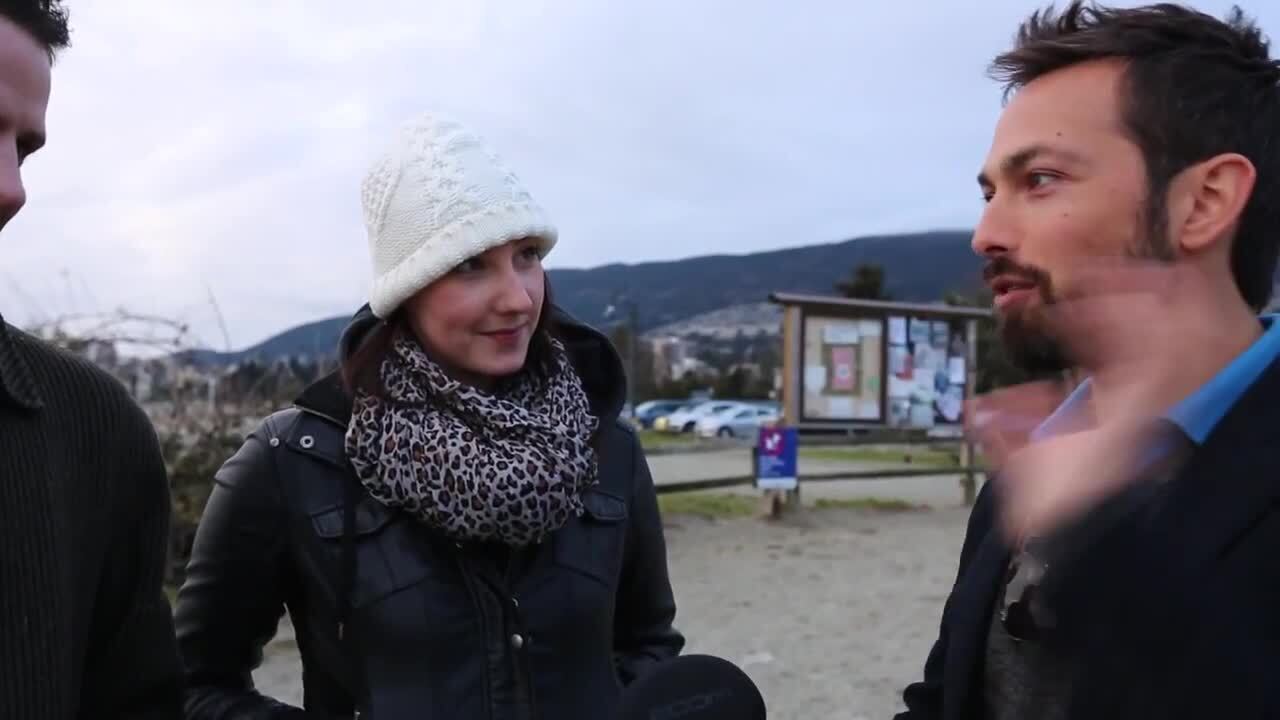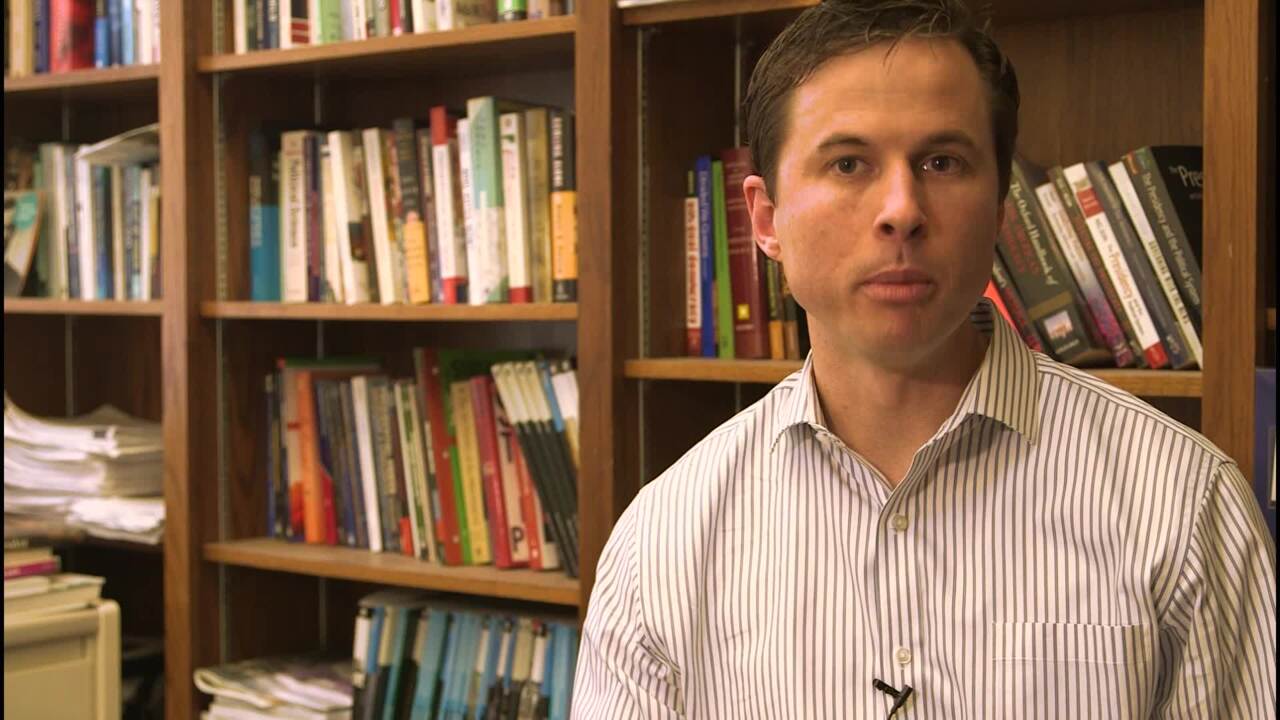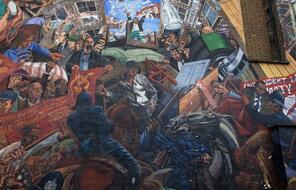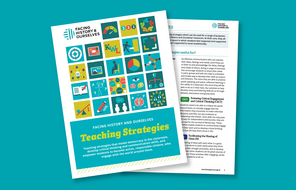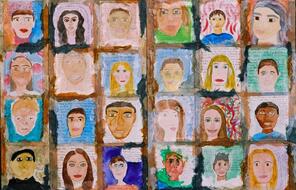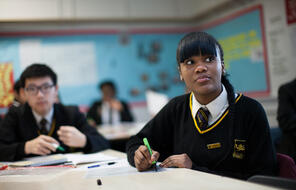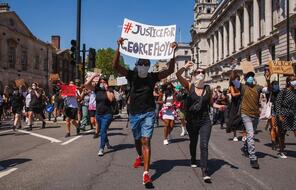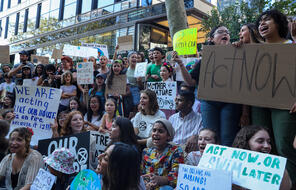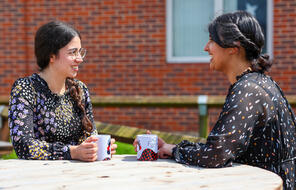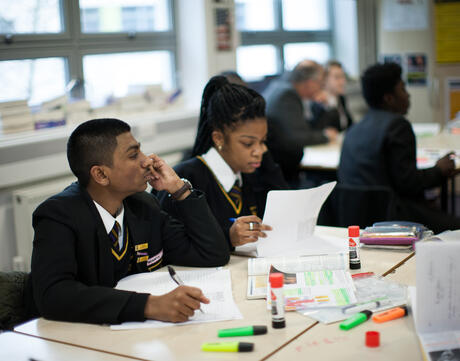
The Challenge of Confirmation Bias
Duration
One 50-min class periodLanguage
English — UKPublished
Overview
About This Lesson
Today’s youth are inundated with information from social media, the Internet, television, their peers, and their families. As consumers and sharers of news and information amidst this onslaught of fact and fiction, students must develop strategies to recognise bias and seek to limit the power and inevitability of their own biases. This lesson builds off of Chimamanda Adichie’s idea that the “single stories” we may rely on for information can provide us with a limited or inaccurate understanding of other people’s identities, values, and cultures, and, in turn, impact our decision-making processes and choices. The conversations about identity and “single stories” from previous lessons provide a good segue into a discussion of bias. In this lesson, students will examine the human tendency to believe what we already hold to be true even when confronted with new information and perspectives that challenge our beliefs.
This lesson begins with an activity that helps students experience confirmation bias firsthand. Then, students gain context for their experience by hearing from experts about how confirmation bias operates in all of us. Finally, they will learn about the challenges of separating fact from fiction by listening to a National Public Radio story from the United States about efforts to correct rumours and fake news; students will use information to discuss the role confirmation bias plays in how they interpret the information that they read, see, and hear today.
Preparing to Teach
A Note to Teachers
Before you teach this lesson, please review the following guidance to tailor this lesson to your students’ contexts and needs.
Lesson Plans
Activities
Materials and Downloads
Quick Downloads
Download the Files
The Challenge of Confirmation Bias
Additional Resources
Resources from Other Organizations
Unlimited Access to Learning. More Added Every Month.
Facing History & Ourselves is designed for educators who want to help students explore identity, think critically, grow emotionally, act ethically, and participate in civic life. It’s hard work, so we’ve developed some go-to professional learning opportunities to help you along the way.
Exploring ELA Text Selection with Julia Torres
On-Demand

Working for Justice, Equity and Civic Agency in Our Schools: A Conversation with Clint Smith
On-Demand

Centering Student Voices to Build Community and Agency
On-Demand





